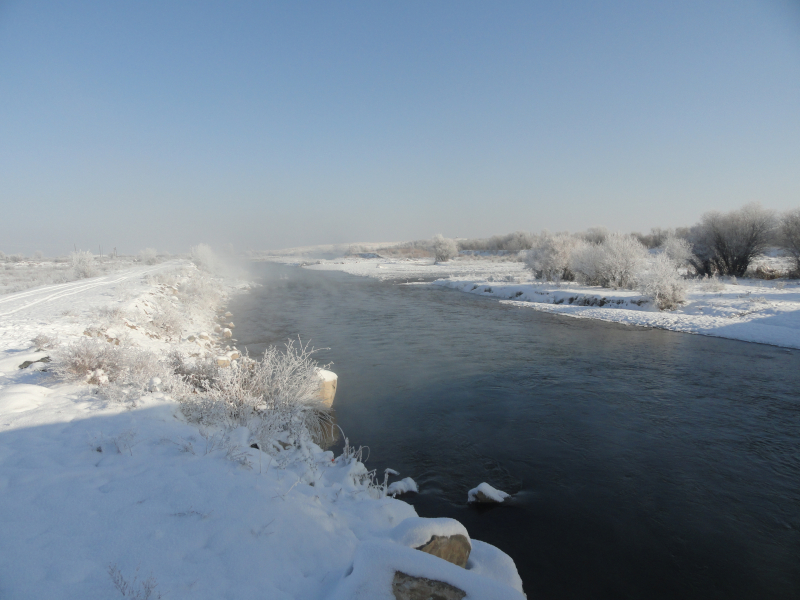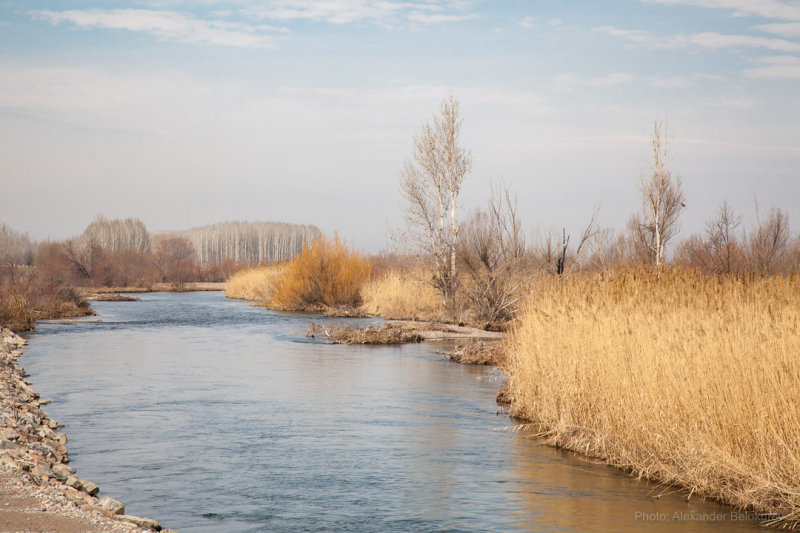Talas River

The Talas River is a large river as well, although it is more renowned for its historical significance. It was here, in 751, that the Chinese were defeated by the Arab Abbasid Caliphate, marking the westernmost frontier of Chinese expansion.
The war also signaled the end of Chinese and Buddhist control in Central Asia and the start of Islam's rise over the area. Chinese prisoners of war captured in Samarkand following the Battle of Talas also transported the secrets of papermaking and silk manufacture outside of China for the first time. Ice and snow serve as nourishment on the Talas River.
It is produced by the confluence of the Karakol and Uch-Koshoy rivers, both of which originate in Kyrgyzstan's Talas slope glaciers. The Talas River receives various tributaries along the course, the most significant of which are the Urmaral, Kara-Buura, Kumushtak, Kalba, and Besh-Tash. The river gets lost in the dunes of Moyynkum downstream. This river is one of longest Rivers in Kyrgyzstan.
Length: 294 km











